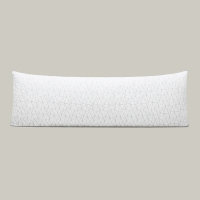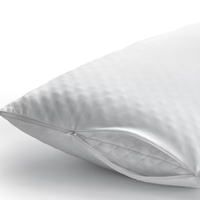I’m a side sleeper who switched to back-sleeping for a week — here's why I don’t recommend it
We find out if changing your dominant sleep position is beneficial or not
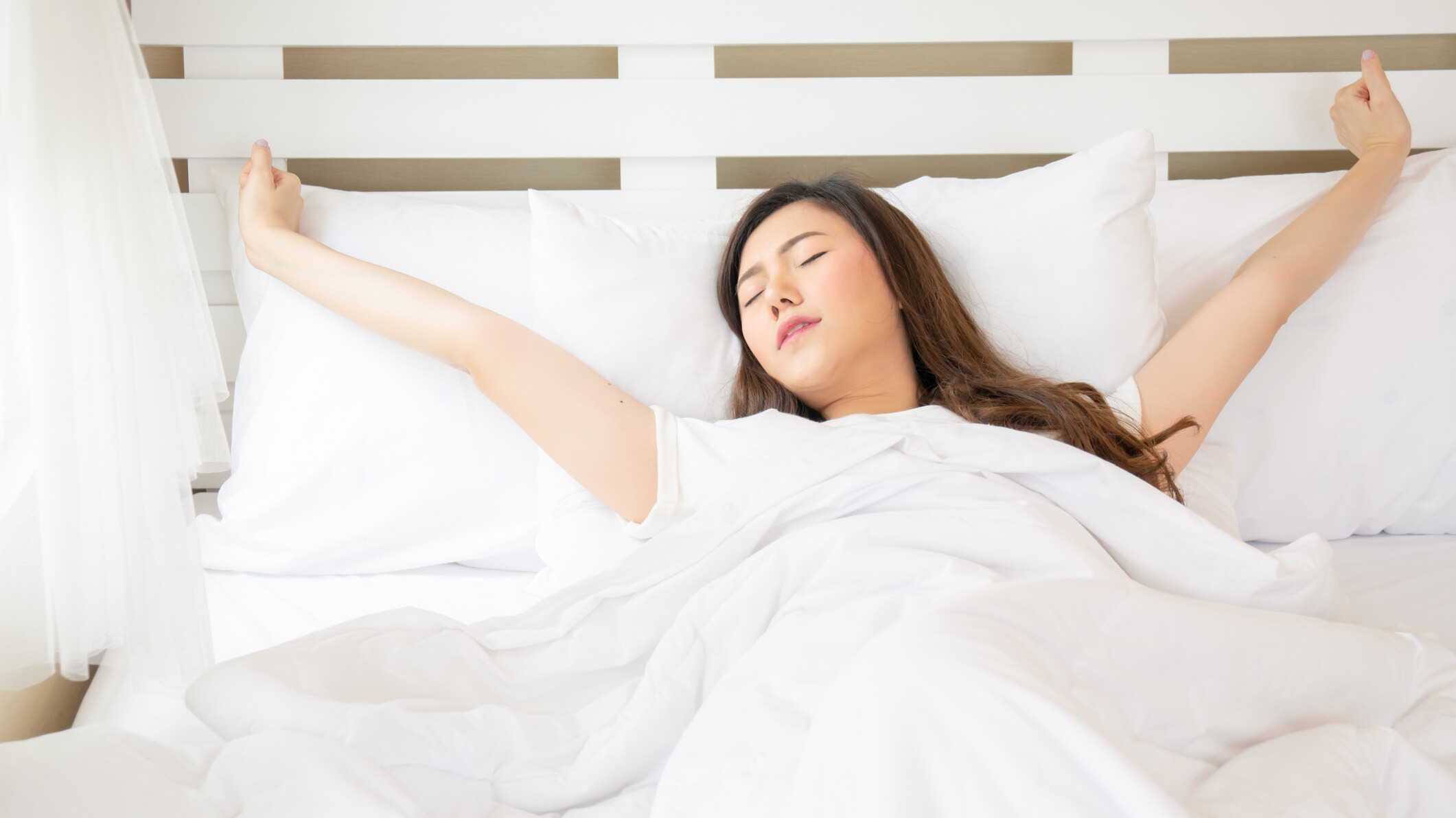
Does your sleeping position impact the quality of your sleep? While everyone agrees it does, opinions are divided on what the absolute best sleeping position is.
The key is to always use the right mattress for your sleeping style and body type. If you're unsure, our guide to best mattress for all sleepers will help you understand what suits you according to your specific needs or preferences. While Black Friday sales have officially ended, you can still explore the extended Cyber Monday mattress deals to get epic discounts on sleep products from beds to body pillows (especially if you're a side sleeper craving full body support).
The supine (back-sleeping) position has recently sparked discussions about its many benefits such as reducing signs of aging, supporting a neutral spinal alignment and easing back pain. As a sleep writer and above all, a devoted side sleeper, I decided to test these theories to see if sleeping on your back is truly the better option.
Is sleeping on your back healthier than sleeping on your side?
Studies show how both these positions are considered healthy among the main three sleeping positions (back, stomach and side). In general, you should avoid stomach sleeping.
While side sleeping is recommended for those with sleep apnea, you may experience some pressure build up in the shoulders, hips and knees. Sleeping on your back is known for evenly distributing your body weight, thereby relaxing your whole body and reducing any pressure points, in turn promoting better sleep.
Skincare enthusiasts too love sleeping on their back as it is popular for reducing wrinkles or fine lines and preventing skin congestion. this is because you won't be pressing your face against a potentially dirty pillow.
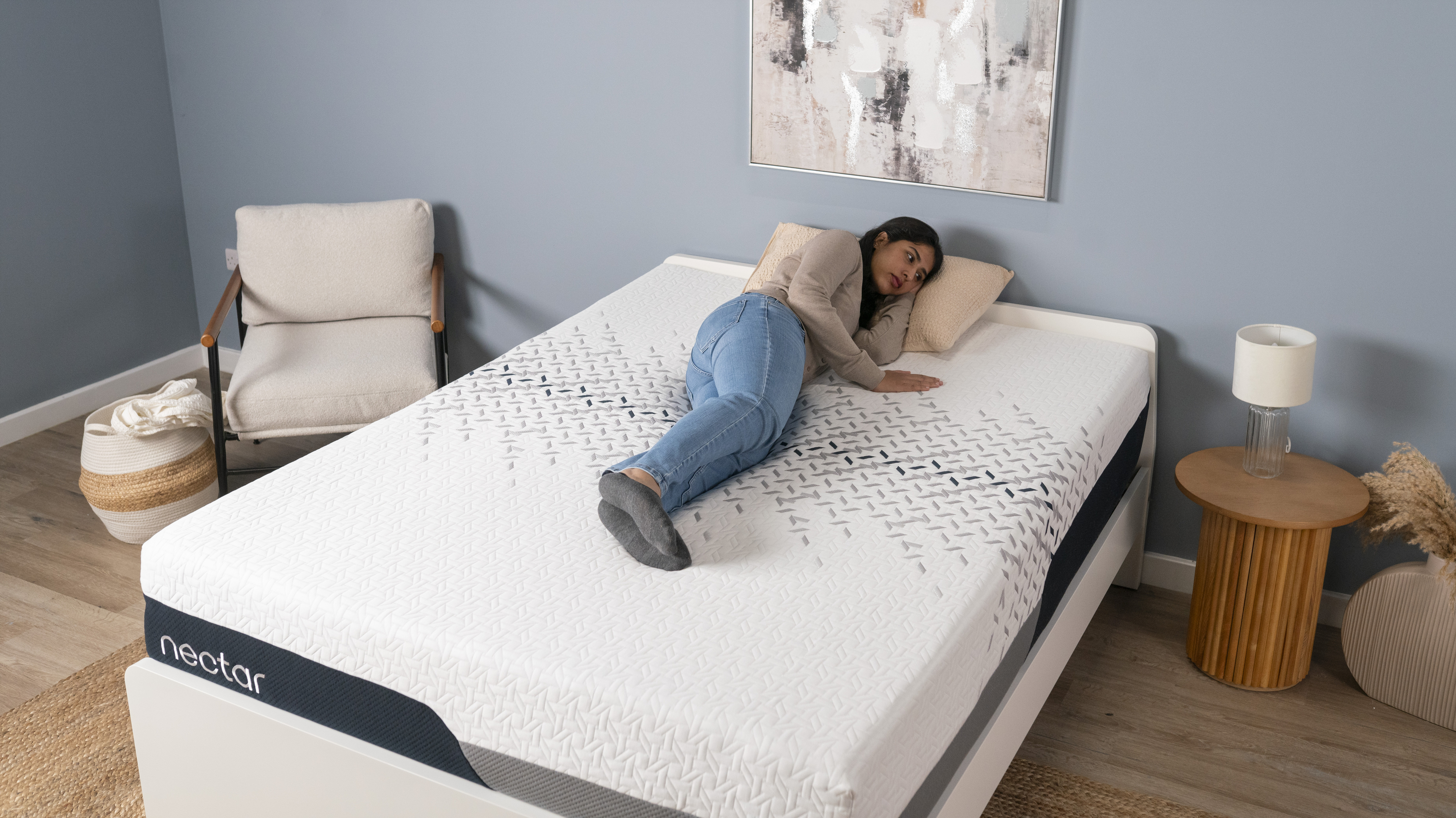
A consultant physician from the Sleep Centre in London Bridge Hospital, Aimee Brame, says back sleeping "is the best position, as a pillow can harbor oil from your hair as well as dust and dirt, which when your face is pressed into can cause breakouts."
However, the mattress you sleep on is crucial to the comfort of your sleep position. The options in our best mattresses for side sleepers will offer superior pressure relief, contouring the body to make side sleeping more comfortable.
Whereas the best firm mattresses and the best mattresses for back pain will ensure your spine is aligned throughout the night while back sleeping, and they'll provide extra lumbar support.
Why I switched from sleeping on my side to my back for a week
Sleeping on my right side has been my dominant position for years now, simply because it's the one I find comfiest. However, I’m also someone who has oily acne-prone skin and is troubled by a stiff back now and then, something which side sleeping may be exacerbating.
These were the primary reasons why I decided to take the plunge and experiment sleeping on my back for seven days. It's known for relaxing your spine (as long as you have a supportive mattress) and also promoting clearer skin and reducing wrinkles. I wanted to know what would change if I slept on my back instead.
How I switched from sleeping on my side to sleeping on my back
Changing your sleeping position isn't easy. Often, you'll roll back into your dominant position when you're asleep, so it's hard to fix it. Here's how I did it.
1. Starting the night on my back
I made myself comfortable by lying down on a medium-firm mattress with my arms on either side or behind my head in a goal-position. A bed too soft or with lack of required support may cause a sinking feeling compromising the spinal alignment, making the process counterproductive.
By ensuring I started off the night comfortable positioned on my back, I had more chance of falling asleep and staying in the supine position throughout the night.
2. Creating a barrier of pillows
Placing pillows on the side you are most likely to move to (I placed a cushion on my right) is a simple way to train yourself to sleep on your back if you’re planning on transitioning.
This can make you feel secure, preventing the need to roll over to your preferred side. You can also keep pillows on both sides to rest your arms on for more comfort, and this will also make it less likely for you to roll over.
3. Add in further support for your back
You can do this by adding a pillow under your knees. This can alleviate pressure by encouraging the natural curvature of your spine. Alternatively, placing a small pillow under the lumbar area of your back will also provide extra support for those who are otherwise used to sleeping on their side.
I have in the past used a hot-water bottle in a similar fashion while sleeping on my back, which proved to have instant soothing benefits for back pain.
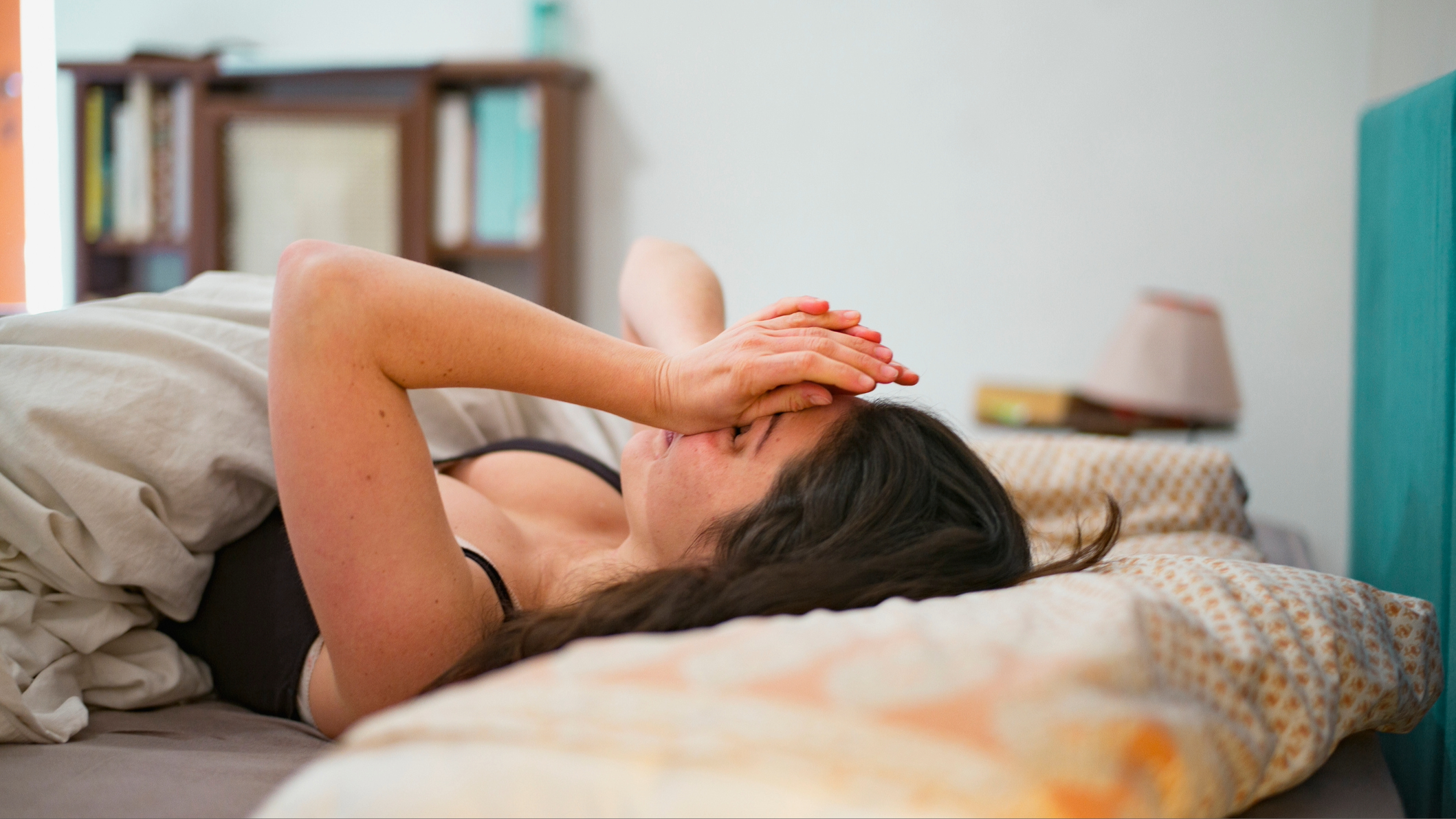
Switching from side to back sleeping — the verdict
After sleeping on my back for a whole week, there are a few things I noticed. I felt my back being less stiff when I woke up in the morning and my skin was relatively clearer with less bumps and oiliness for the first couple of days. However, these effects were not lasting.
It took longer for me to fall asleep while lying on my back and having my arms behind my head or on my chest did not feel natural at all. Most nights I found myself suddenly awake as my body was subconsciously trying to roll over to the right side– my comfort-sleeping position. This happened more than once and on certain nights it felt like I was constantly between sleeping and waking. This eventually led to sleep deprivation, which is far worse than a few spots or fine lines.
I would, therefore, not recommend changing your dominant sleeping position entirely to another, just because of the benefits. As research underlines, a sleeping position is best for you if it lets you fall asleep faster and stay asleep longer. The focus should always be on the quality of your sleep and how rested you feel in the morning, keeping in mind checking any aches or pains or your body’s alignment during sleep.
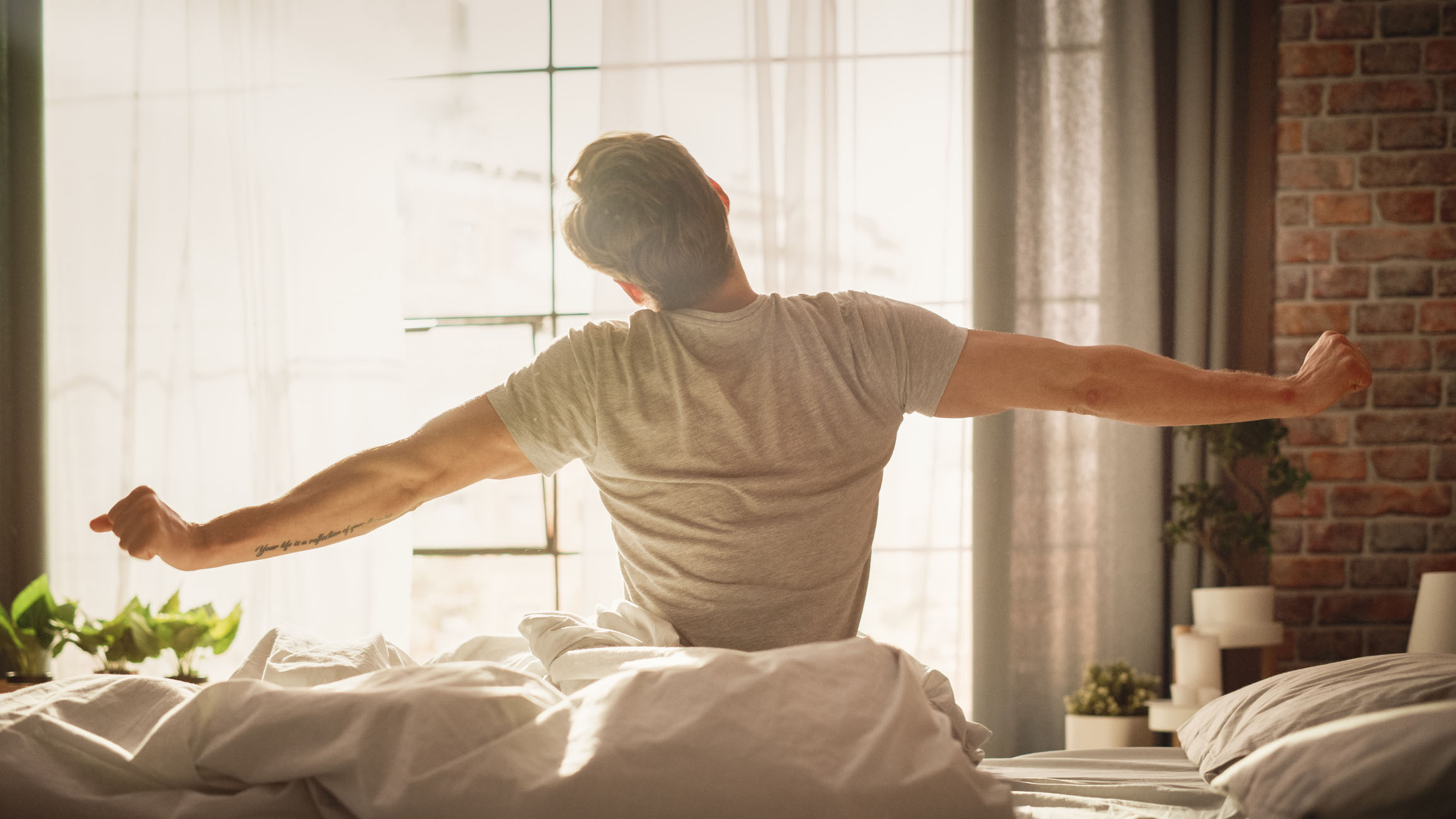
You can however, make your current position healthier by adopting certain methods or tweaking it to ensure your spinal alignment is not compromised in addition to investing in the right mattress and bedding. If you’re a side sleeper, here are 3 tips on doing it properly:
- Keep your chin and neck aligned in the center of your shoulders. Do not twist or turn your head, look forward.
- If you’re someone who likes to have one knee further in front than the other, make sure you’re not bending your body with it, as this may cause discomfort and further worsen your back pain.
- Using a body pillow in between your legs can make it easier to align your spine and hips.
Top 3 side sleeper body pillows to shop today
1. Coop Original Body Adjustable Pillow: from $99 from $74.25 at Coop Home Goods
Coop's body pillow is made from the same premium materials used in the brand's adjustable memory foam pillow and EdenCool+ cooling pillow, both featured in our best pillow guide for sleepers. The pillow is crafted to suit all body types and styles with a fully adjustable fill, that comes encased in a soft and breathable jacquard fabric made from naturally hypoallergenic bamboo. You can now find the Coop adjustable body pillow on exclusive 25% off, reducing the MSRP from $99 to $74.25.
2. Oubonun Premium Adjustable Loft Body Pillow: $45.99 $36.99 at Amazon
This is probably the cheapest body pillow you can get your hands on today. Like the one from Coop Home Goods, the Oubonun has an adjustable loft which means you can remove or add fill to suit your sleeping preferences. The quilted pillow-top is both soft and plush, adding a touch of elegance to your bed. With the current deal, you can save up to 20%, reducing the price to just $36.99.
3. Sleep Number Cool ComfortFit Body Pillow: $119 at Sleep Number
This is the ideal choice if you're side sleeper prone to sleep hot. The Cool ComfortFit is made from a blend of breathable down-alternative fibers and contouring memory foam, all encased in a soft and cool-to-touch polyester outer cover. The brand has a 'buy one get second at 50% off' deal currently running on the pillow which retails at $119.
Sign up to get the BEST of Tom's Guide direct to your inbox.
Get instant access to breaking news, the hottest reviews, great deals and helpful tips.

Becky is a Sleep Staff Writer at Tom’s Guide covering all things sleep-related including product reviews, research studies, news and explainers. She works on specialist bedding content and is responsible for buyer’s guides like the best pillows for all sleepers and best mattress protectors focusing on popular brands such as Tempur-Pedic, Avocado, Coop Home Goods and more. Becky is a PPA accredited journalist who is keen to explore the intricacies of sleep, its effects on skincare, mental wellbeing and work performance. While not thinking of sleep, she can be seen reading in cosy bookshops or learning about global food culture.
